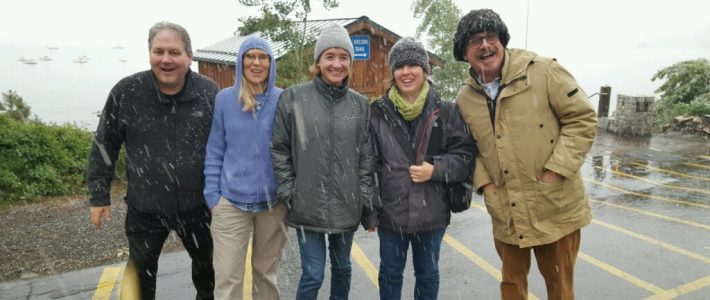Tracking & Subduing the Plague of California’s Oak Woodlands
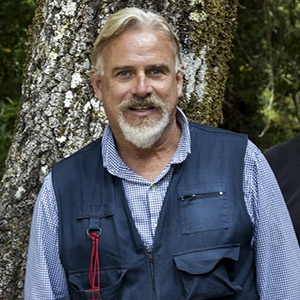
JGI Joint Genome Institute article and video describing the ongoing citizen science effort to study Sudden Oak Death, the plant pathogen killing California’s native oaks and tanoaks.
matteolab.org

JGI Joint Genome Institute article and video describing the ongoing citizen science effort to study Sudden Oak Death, the plant pathogen killing California’s native oaks and tanoaks.
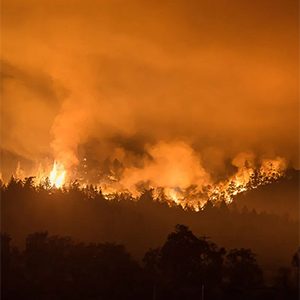
This California Native Plant Society guide offers research-based answers to common questions that homeowners face with post-fire recovery.
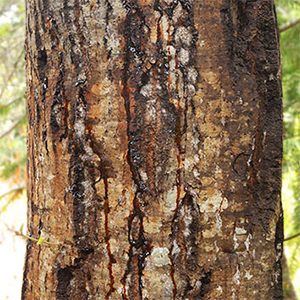
Oak Sudden Oak Death Testing Program. Find out more about our new SOD oak testing program.

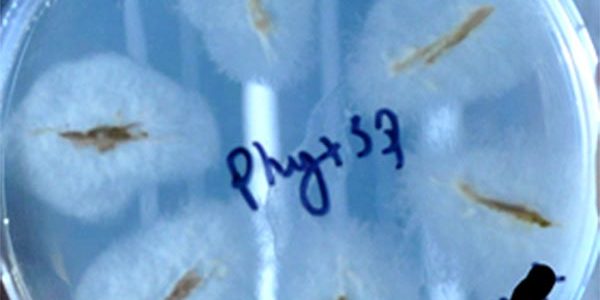
When an outbreak of a disease has been identified, and due to extenuating factors it cannot be eradicated, it is important to implement strategies that minimize the effects related to the disease. This page is dedicated to mitigating strategies, called Best Management Practices (BMP’s), that may help minimize the abundance, spread, and negative impacts of the microbes responsible for plant diseases in large populations such nurseries or restoration efforts. BMP’s are based on scientific data, as well as on an intimate knowledge of the epidemiology of plant diseases. The purpose behind BMP’s is to minimize plant disease levels through a proportional and cost effective response for commercial and large scale projects that can scale effectively depending on the nature and scope of an outbreak.
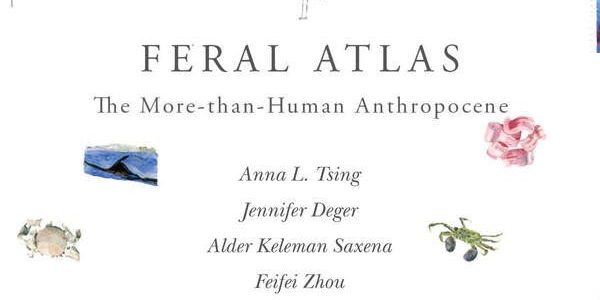
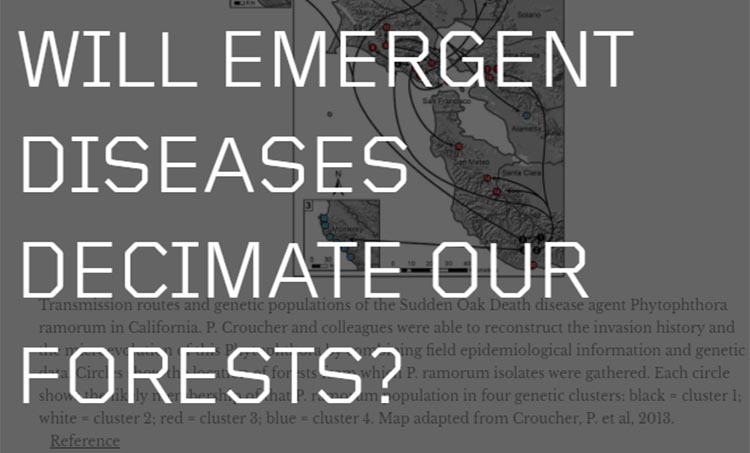
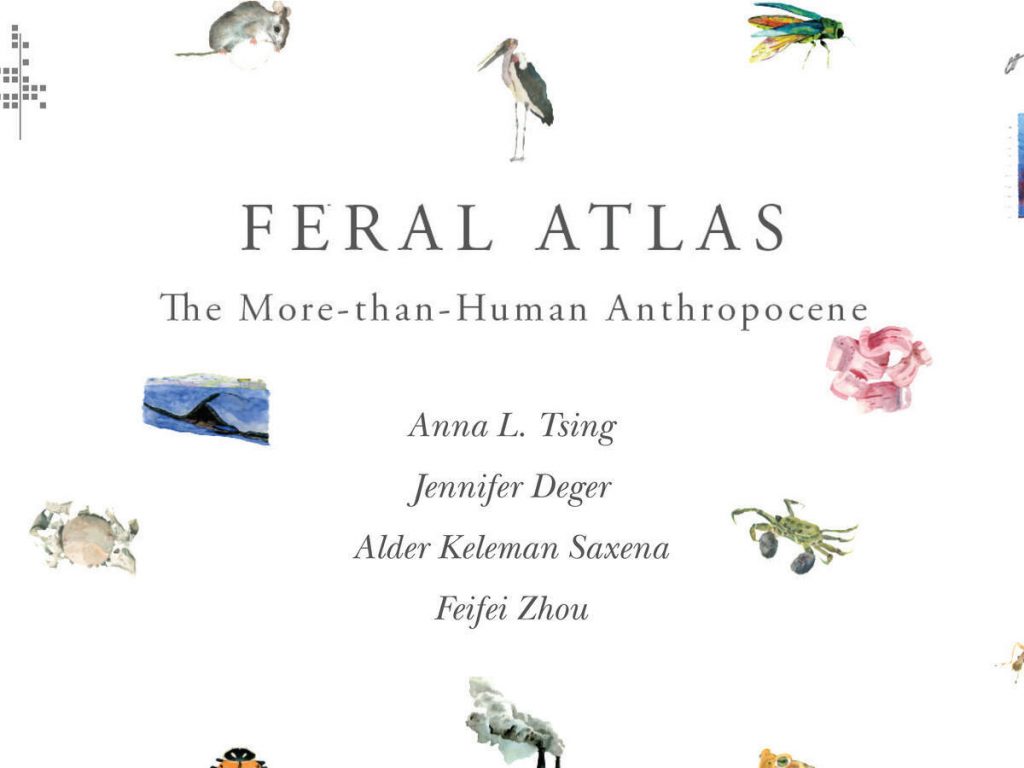
Every event in human history has been a more-than-human event. When hunter-gatherers burn the land, they cooperate with herbs that seed quickly and grasses that sprout after fires, attracting game. Inside us, intestinal bacteria make it possible for us to digest our food. Other things, living and nonliving, make it possible to be human. Yet powerful habits of thought over the last centuries have made this statement less than obvious. With the arrival of the idea of the Anthropocene, we move away from such thinking to reconsider how human and nonhuman histories are inextricably intertwined.
Convening over one hundred researchers to trace a whole range of such intertwinements, Feral Atlas offers an original and playful approach to studying the Anthropocene. Focused on the world’s feral reactions to human intervention, the editors explore the structures and qualities that lie at the heart of the feral and make the phenomenon possible. This publication features original contributions by high-profile artists, humanists and scientists such as Amitav Ghosh, Elizabeth Fenn, Simon Lewis, Mark Maslin, and many others.
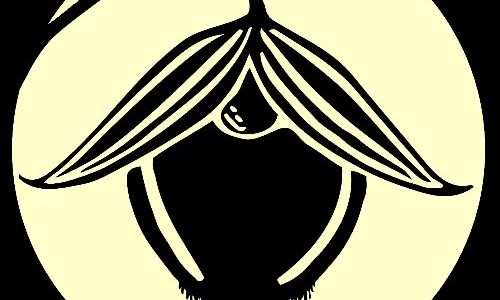
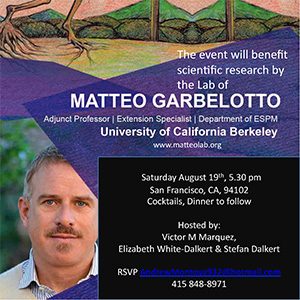
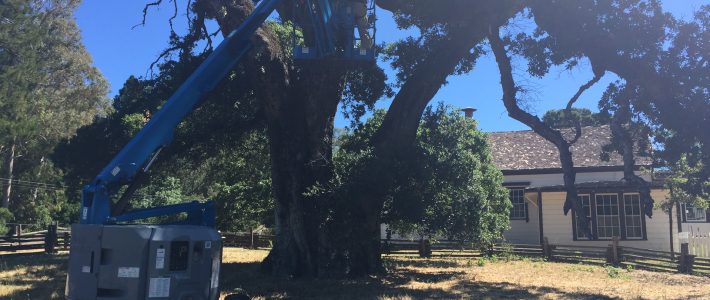
UC Berkeley Forest Pathology Lab is assessing the health of the famous oak near the cottage where Jack London lived and wrote. Dr. Doug Schmidt samples large branches to determine the extent and type of decay using the assay described at www.wooddecay.org. In the pictures see the majestic oak over 400 years old and the famous cottage.
